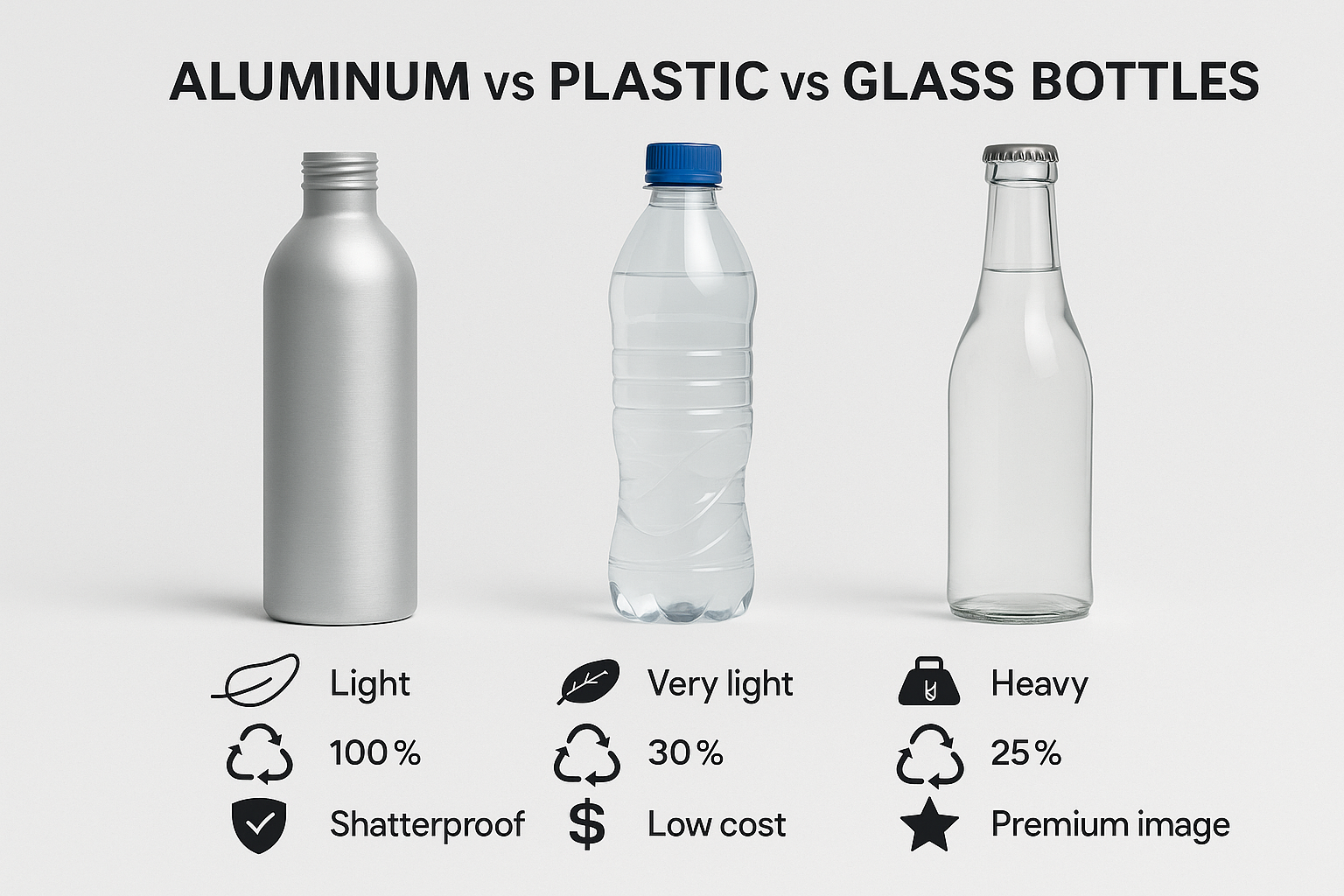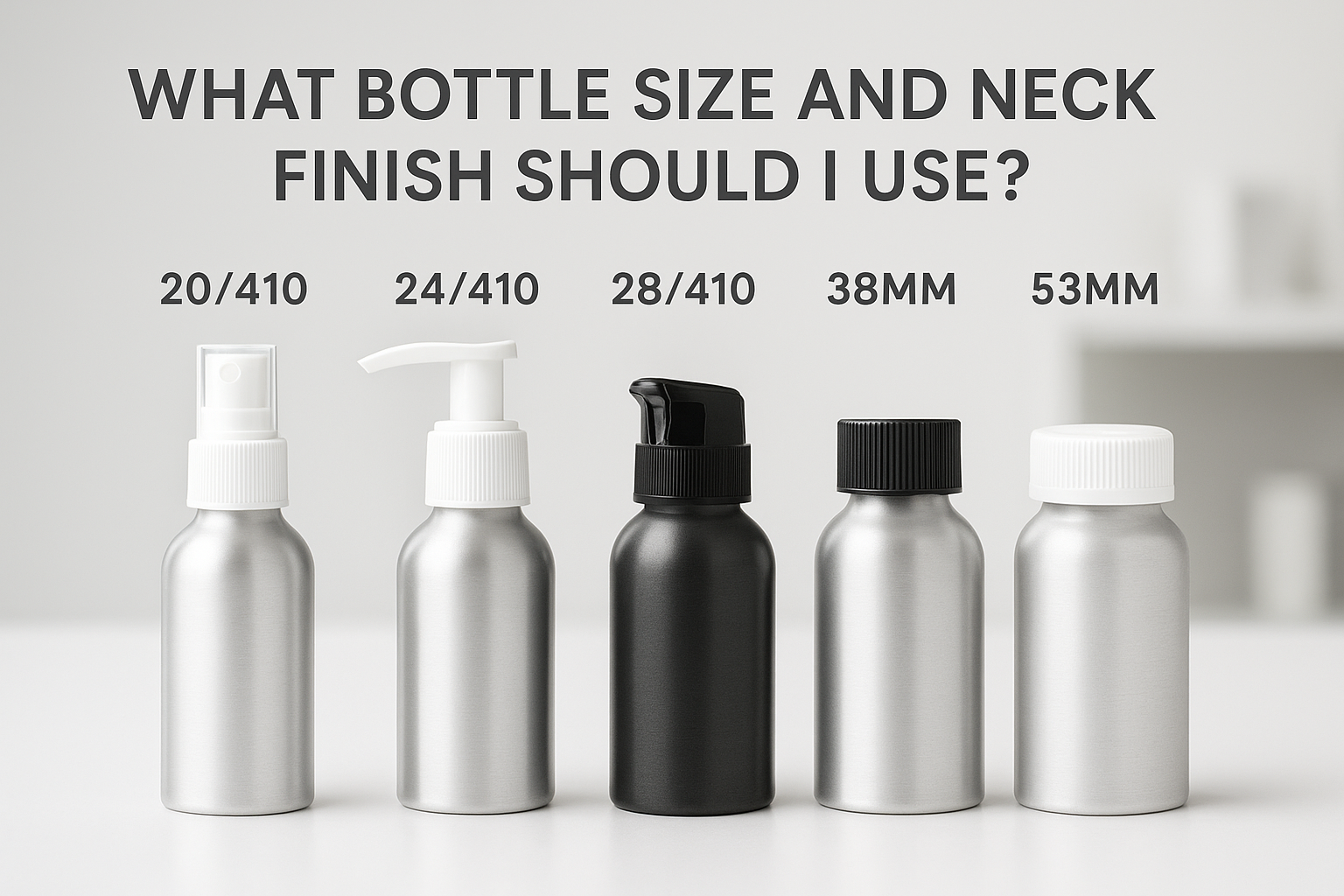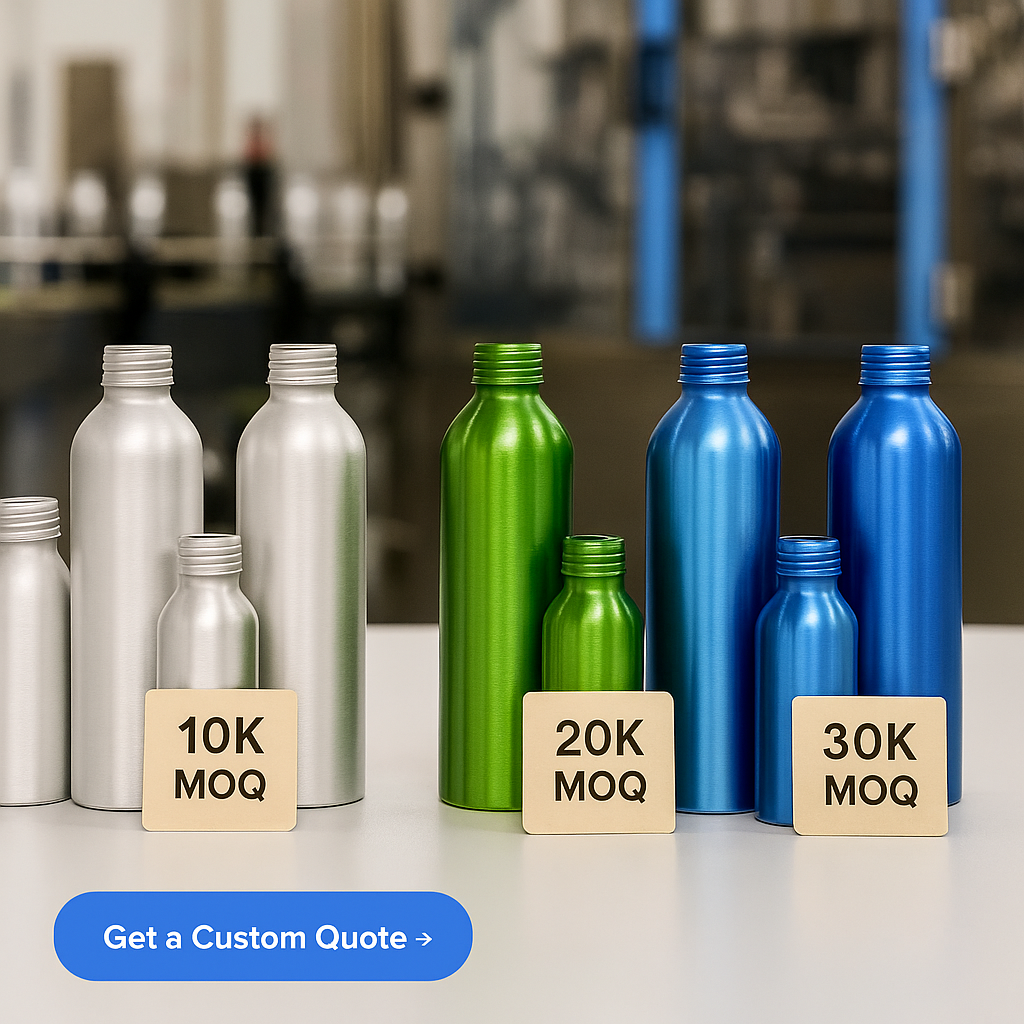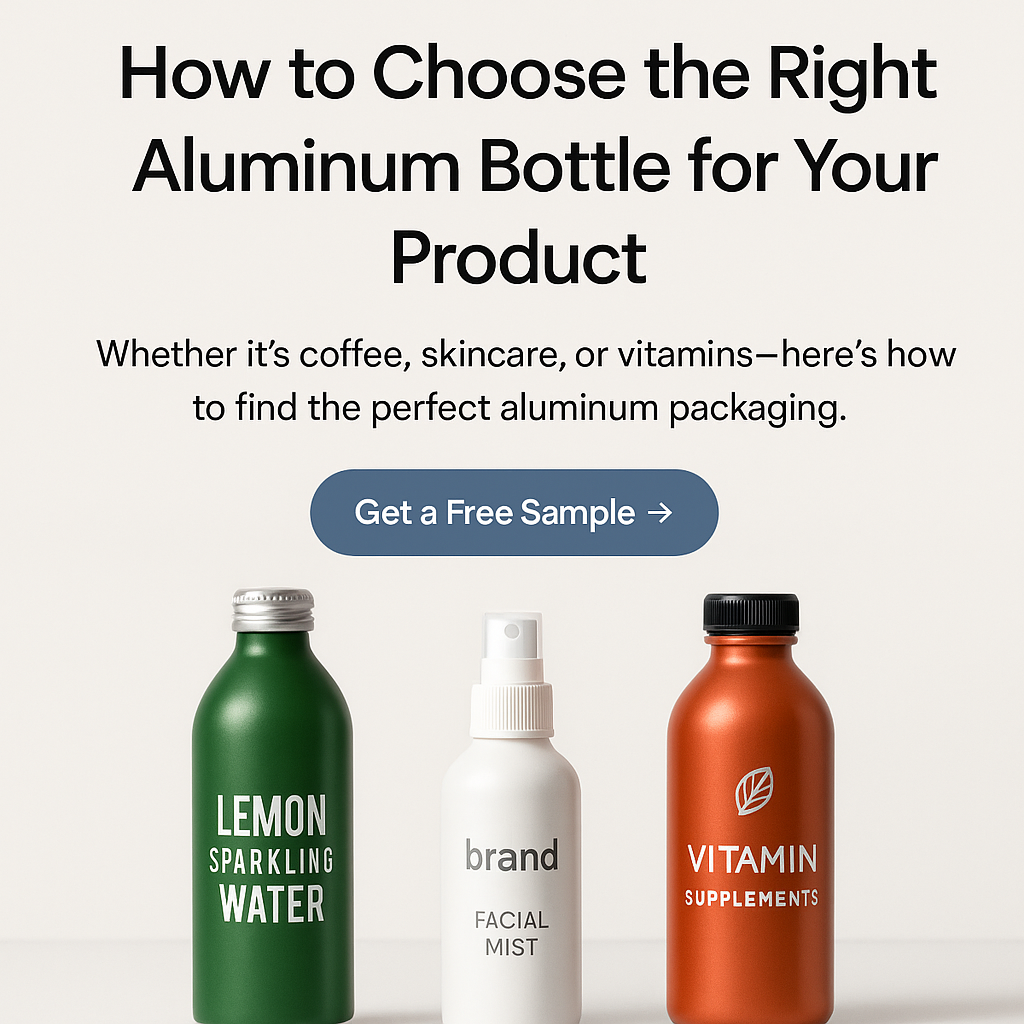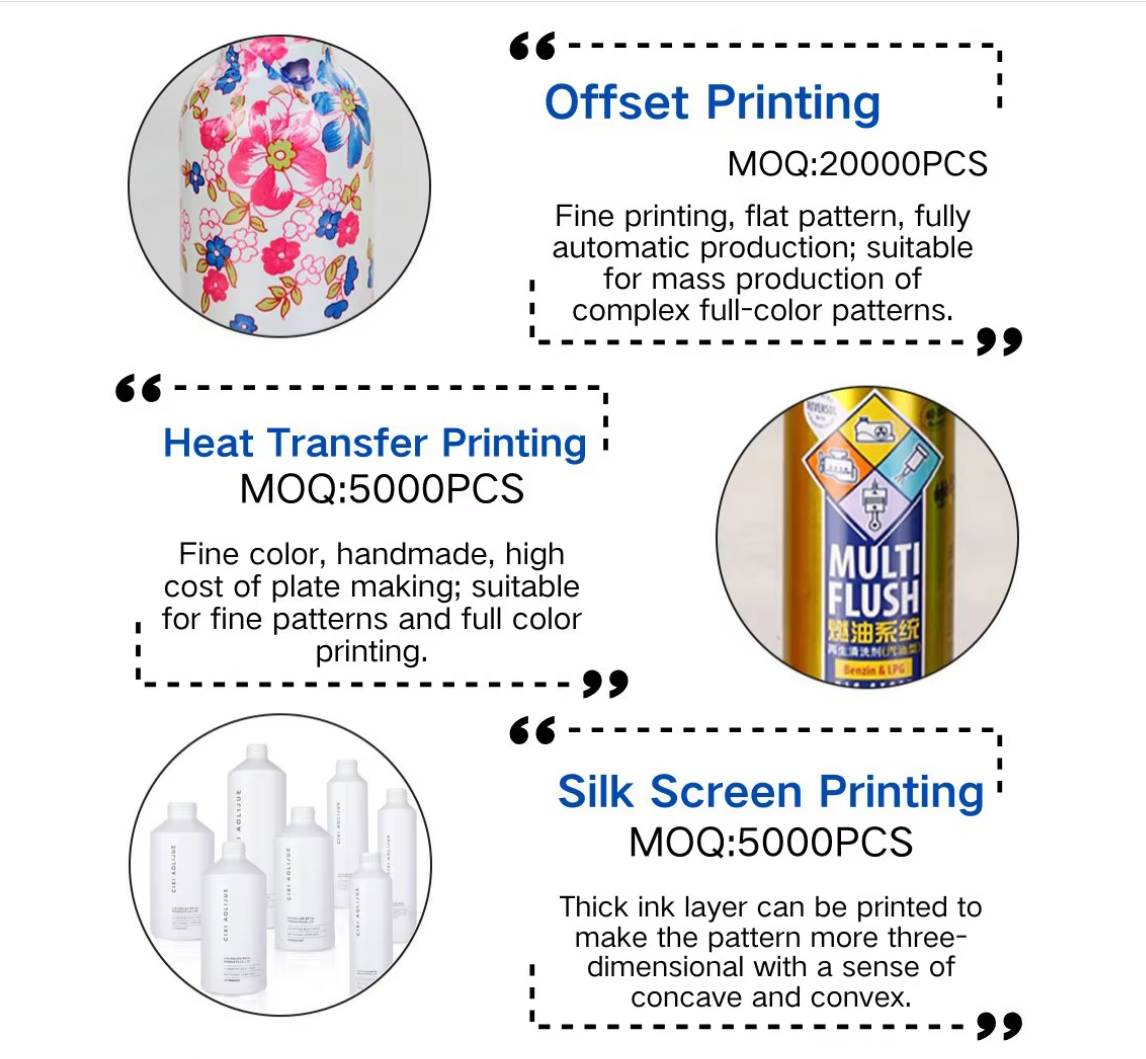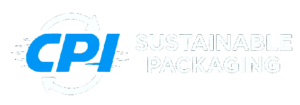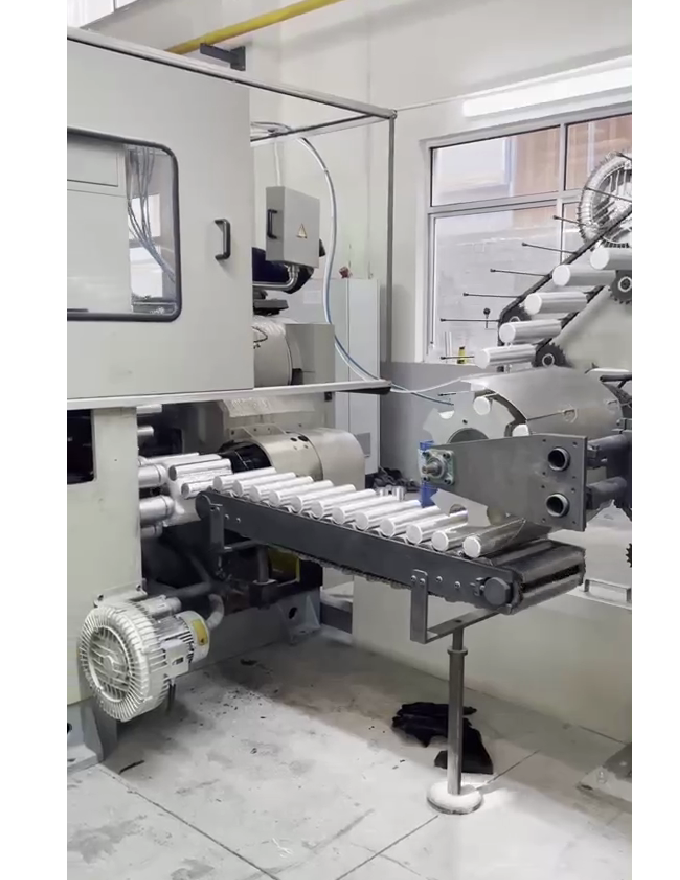
Have you ever paused to think about the journey of an aluminum bottle? From raw materials to eco-friendly containers, it's a fascinating process!
Aluminum bottles are manufactured using either fully automatic or semi-automatic production lines. The process involves several key steps, including extrusion, coating, printing, and sealing, each ensuring the bottles are safe and efficient for use.
While this gives a glimpse into the manufacturing process, there's so much more to uncover about the intricacies of production lines and their impact on quality and sustainability. Let’s dig deeper!
Aluminum bottles are made using only automatic lines.False
Both fully automatic and semi-automatic lines are used in production.
What Are the Key Steps in Automatic Aluminum Bottle Production?
Discover how automatic production lines transform raw aluminum into sleek, eco-friendly bottles through a series of precise and efficient steps.
The automatic production of aluminum bottles involves a sequence of steps: from cold extrusion and trimming to coating, printing, and necking. Each step is meticulously controlled to ensure high quality and consistency, making these bottles both durable and sustainable.
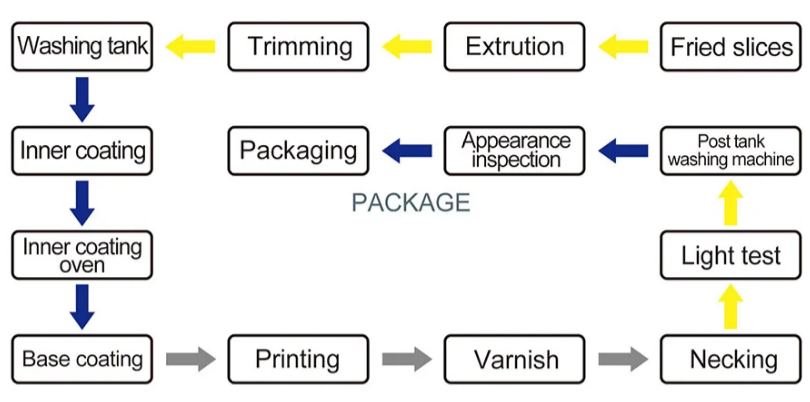
Understanding the Automatic Production Line
Automatic production lines are designed for efficiency and precision, employing advanced machinery to streamline the manufacturing of aluminum bottles. Let's break down the key steps involved:
-
Fried Sheets/Cold Extrusion: The process begins with aluminum sheets, which are fried and cold-extruded into the initial bottle shape. This ensures that the material maintains its strength and integrity.
-
Trimming and Polishing: The extruded bottles are trimmed to achieve uniform height and polished to smoothen any rough edges, preparing them for subsequent processes.
-
Cleaning + Drying: Bottles undergo thorough cleaning to remove any impurities, followed by drying to prevent any moisture-related defects in later stages.
-
Inner Coating: An internal coating is applied to prevent corrosion and ensure the bottle's contents remain uncontaminated. This is crucial for maintaining product quality.
-
Drying: The inner coating is dried using a controlled environment to set the coating perfectly.
-
Primer Coating: A primer layer is applied to prepare the bottle surface for printing, enhancing adhesion and ensuring vibrant graphics.
-
Printing: High-resolution printing technology is used to apply brand logos and designs onto the bottles, offering customization options for brands.
-
Varnishing: A varnish layer adds a protective sheen, enhancing the aesthetic appeal and durability of the printed design.
-
Necking: This step is to make the bottle mouth thread according to the predetermined size, such as 28-thread caliber, 38-thread caliber or others.
-
Inspection (QC): Rigorous quality checks are performed to ensure each bottle meets safety and quality standards, maintaining consumer trust.
-
Packaging: Finally, the bottles are packaged efficiently for distribution.
Comparing Automatic vs. Semi-Automatic Lines
While both production lines aim to produce high-quality aluminum bottles, the order of operations and level of automation differ significantly. The automatic line prioritizes speed and consistency, Necking before packaging to streamline operations. In contrast, semi-automatic lines may require more manual intervention, affecting throughput and potentially impacting quality control measures.
To understand how semi-automatic processes1 adapt to different production needs, explore their unique techniques and advantages over fully automated systems.
Cold extrusion maintains aluminum strength.True
Cold extrusion helps preserve the material's integrity during shaping.
Semi-automatic lines necking bottles before packaging.False
Automatic lines necking bottles before packaging; semi-automatic may not.
How Does the Semi-Automatic Process Differ?
The semi-automatic production line offers a unique twist on aluminum bottle manufacturing, emphasizing flexibility and precision.
The semi-automatic process differs primarily in its sealing order and manual intervention, allowing more flexibility and control over the production stages.
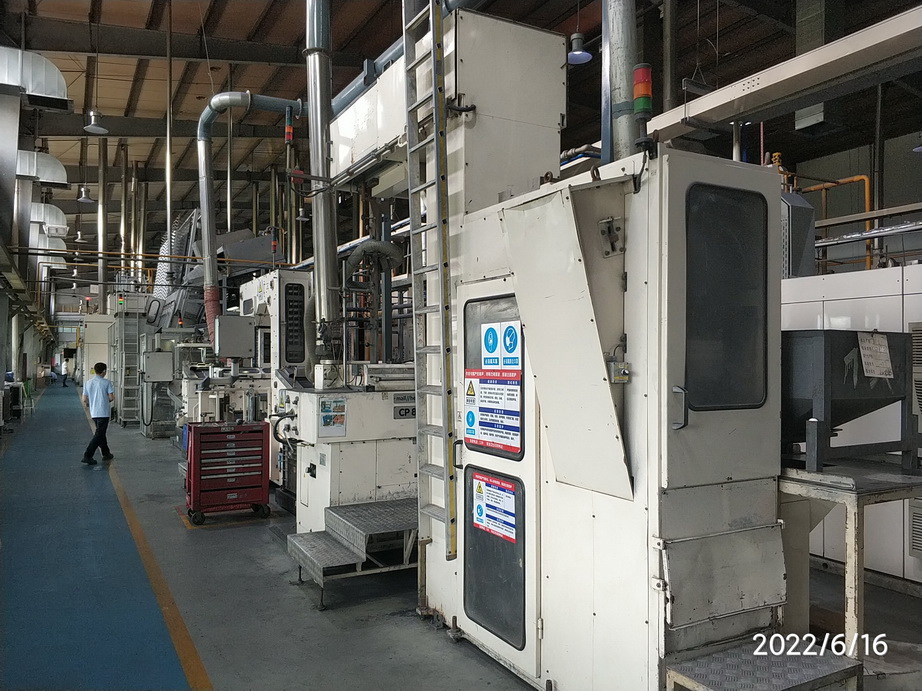
Key Differences in the Semi-Automatic Production Line
The semi-automatic production line introduces several distinct processes that cater to different production needs compared to a fully automatic line. A primary difference lies in the sequence of operations, particularly the necking process. In semi-automatic lines, necking occurs earlier in the process, allowing for adjustments and quality control before packaging. This sequence offers advantages in handling and customizing bottle designs, especially when specific neck shapes or thread patterns are required.
| Process Step | Automatic Line Order | Semi-Automatic Line Order |
|---|---|---|
| Necking | Before Packaging | Early in the Process |
| Printing Process | Offset printing only | screen printing,heattransfer printing and etc |
Semi-automatic processes require manual interventions at various stages, such as neck shrinking2 and thread rolling3, which are crucial for maintaining precision. These manual steps allow manufacturers to adapt quickly to specific customer requirements or changes in design specifications, making it ideal for small batch production or bespoke orders.
The Role of Manual Intervention
Manual intervention in the semi-automatic line not only provides flexibility but also enhances quality control. Operators can perform real-time adjustments to address defects or irregularities immediately. This hands-on approach ensures that each aluminum bottle meets stringent quality standards before reaching the consumer.
Moreover, the manual aspect of semi-automatic lines allows for greater experimentation with materials and finishes. By taking a closer look at each stage, manufacturers can ensure that inner curling4 and polishing5 meet specific aesthetic or functional criteria.
Implications on Quality and Sustainability
While semi-automatic lines may not match the speed of fully automatic systems, they excel in providing high-quality output with fewer defects. This method is particularly beneficial when sustainability is a priority, as precise control over resource use minimizes waste.
By understanding these differences, businesses can make informed decisions about which production line best suits their product goals and environmental commitments.
Sealing is the first step in semi-automatic lines.False
In semi-automatic lines, sealing occurs early but not as the first step.
Semi-automatic lines offer high customization flexibility.True
Manual intervention allows for adjustments, enhancing customization.
Why Is Aluminum a Sustainable Choice for Bottles?
Aluminum bottles offer a sustainable alternative to traditional packaging, but what makes them truly eco-friendly?
Aluminum is sustainable due to its recyclability, lightweight nature, and energy-efficient production. These attributes reduce environmental impact by conserving resources and lowering carbon emissions. Compared to other materials, aluminum can be recycled indefinitely without losing quality, making it a preferred choice for eco-conscious consumers.
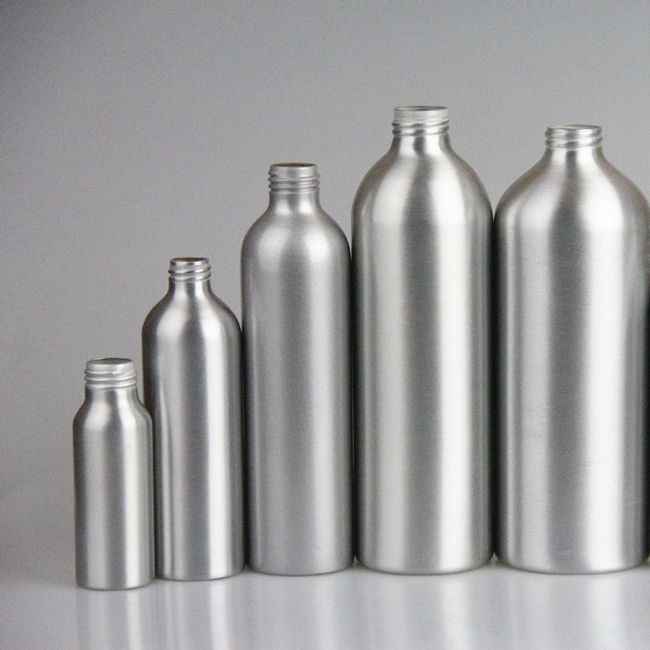
The Recyclability of Aluminum
Aluminum stands out for its exceptional recyclability. Unlike other materials, aluminum can be recycled an unlimited number of times without degrading its quality. This infinite recyclability reduces the need for raw material extraction, lowering the environmental footprint significantly. According to research, recycling aluminum saves over 90% of the energy6 required to produce new aluminum from bauxite ore.
Lightweight and Efficient
One of aluminum's most notable properties is its lightweight nature. This attribute contributes to reduced fuel consumption during transportation, further cutting down on greenhouse gas emissions. A study showed that reducing the weight of packaging materials like aluminum directly correlates with lower transportation emissions.
Energy-Efficient Production
Although producing new aluminum from bauxite is energy-intensive, the recycling process is significantly more efficient. Recycling aluminum uses only about 5% of the energy required to produce new aluminum. This massive energy savings translates into fewer carbon emissions and less strain on energy resources.
Long Lifespan and Durability
Aluminum bottles are known for their durability, often outlasting other types of packaging. This longevity means fewer resources are spent on replacements, contributing to a decrease in overall waste generation. Furthermore, the material's resistance to corrosion and ability to withstand temperature changes make it ideal for various applications7.
Consumer Preference and Market Trends
As consumers become increasingly aware of environmental issues, there is a growing demand for sustainable packaging options. Aluminum bottles meet this demand by offering an eco-friendly alternative that does not compromise on functionality or aesthetics. The trend towards sustainability is prompting many companies to switch from plastic to aluminum bottles in their product lines.
In conclusion, aluminum bottles offer a sustainable solution for packaging needs due to their recyclability, lightweight nature, energy-efficient production, and durability. As both consumers and manufacturers recognize the environmental benefits, the demand for aluminum packaging is expected to rise steadily.
Aluminum can be recycled indefinitely.True
Aluminum retains its quality through unlimited recycling cycles, unlike many materials.
Recycling aluminum uses 50% of the energy of new production.False
Recycling uses about 5% of the energy needed for new aluminum production.
What Are the Safety Considerations in Aluminum Bottle Manufacturing?
Safety in aluminum bottle manufacturing is crucial to prevent contamination and ensure product integrity. Understanding the process helps highlight potential hazards.
Key safety considerations in aluminum bottle manufacturing include ensuring clean production environments, maintaining equipment integrity, and using non-toxic coatings. Regular inspections and quality control checks are vital to prevent contamination and ensure consumer safety.
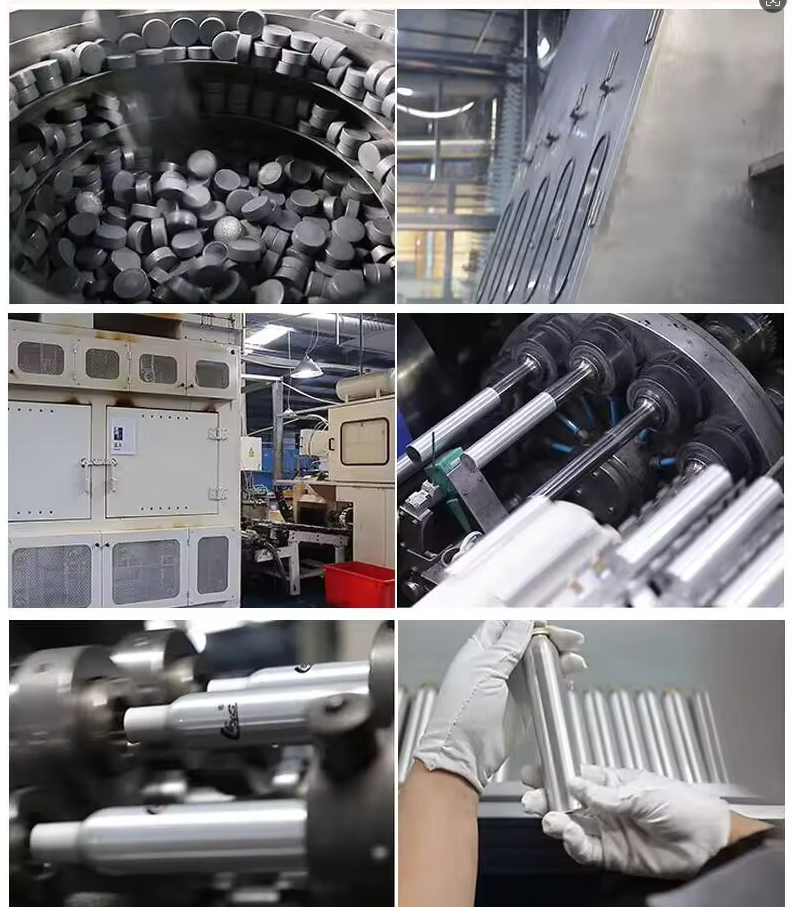
Ensuring Clean Production Environments
In aluminum bottle manufacturing, maintaining a clean production environment is fundamental. Dust, debris, or chemical residues can compromise the safety and quality of the bottles. This requires implementing rigorous cleaning protocols, especially in areas like extrusion and coating8, where contaminants can easily adhere to surfaces.
Equipment Integrity and Maintenance
Regular maintenance of machinery is another critical safety consideration. Faulty equipment can lead to improper sealing or coating, which might result in leaks or contamination. Manufacturers should establish a schedule for routine checks and prompt repairs to avoid any disruptions in the production line.
Use of Non-Toxic Coatings
The choice of coatings used inside aluminum bottles is vital for consumer safety. These coatings prevent direct contact between the beverage and the metal, reducing risks of aluminum leaching. It’s essential to ensure these coatings comply with food safety regulations and are free from harmful substances like BPA.
| Step | Safety Measure |
|---|---|
| Inner Coating | Use FDA-approved non-toxic materials |
| Trimming and Polishing | Implement dust control systems |
| Sealing | Ensure airtight seals to prevent contamination |
| Inspection (QC) | Conduct thorough visual and automated checks |
Quality Control and Inspections
Every stage of the manufacturing process should be accompanied by rigorous quality control measures. Automated systems for inspecting defects in the bottles, alongside human oversight, can help catch any potential issues before they reach the consumer.
Emphasizing these safety measures not only protects consumers but also enhances brand reputation by demonstrating a commitment to quality and safety. For more information on these protocols, explore resources on quality control in manufacturing9.
Non-toxic coatings are mandatory in aluminum bottles.True
Non-toxic coatings prevent metal contact, ensuring consumer safety.
Regular equipment maintenance is optional in production.False
Routine maintenance prevents leaks and contamination, ensuring safety.
Conclusion
Understanding aluminum bottle manufacturing unveils its environmental benefits. This knowledge empowers us to make eco-conscious choices.
-
Gain insights into how semi-automatic processes differ from automated methods.: Semi-automatic capping machines are ideal for smaller operations and for specialized production runs. Meanwhile, fully-automatic capping ... ↩
-
Understand the importance of neck shrinking for bottle design precision.: 1. Neck Shrink Bands: Neck shrink bands represent a specialized type of shrink sleeve designed primarily for creating a tamper-evident seal on ... ↩
-
Discover how thread rolling affects the sealing of aluminum bottles.: Thread rolling: wire or rod is passed between two flat plates, one moving and the other stationary, with a thread form engraved on surfaces. ↩
-
Explore how inner curling contributes to bottle durability.: A functional lacquer is applied to seal the inside of the cylinder using moveable spray lances. In the following oven with its cooling zone the inside lacquer ... ↩
-
Learn how polishing enhances bottle appearance and quality.: When too much water is absorbed, you create a “dry batch” that heats up during tumbling, causing the oxide to adhere to the bottle. To remove this oxide residue ... ↩
-
Discover how recycling aluminum dramatically conserves energy and resources.: Recycling aluminum saves more than 90% of the energy needed to make aluminum from virgin natural resources. The same amount of energy used to make a single ... ↩
-
Explore diverse applications of aluminum across different sectors.: In addition to power lines and cables, aluminum is used in motors, appliances, and power systems. Television antennae and satellite dishes, even ... ↩
-
Explore how extrusion impacts aluminum bottle quality and safety.: To make aluminum water bottles, an extruding machine press stretches small pieces of aluminum into a long cylindrical shape. ↩
-
Understand the importance of quality control in preventing defects.: Quality control is a process that uses best practices, strict adherence to standards, and specifications to deliver products without defects. ↩


